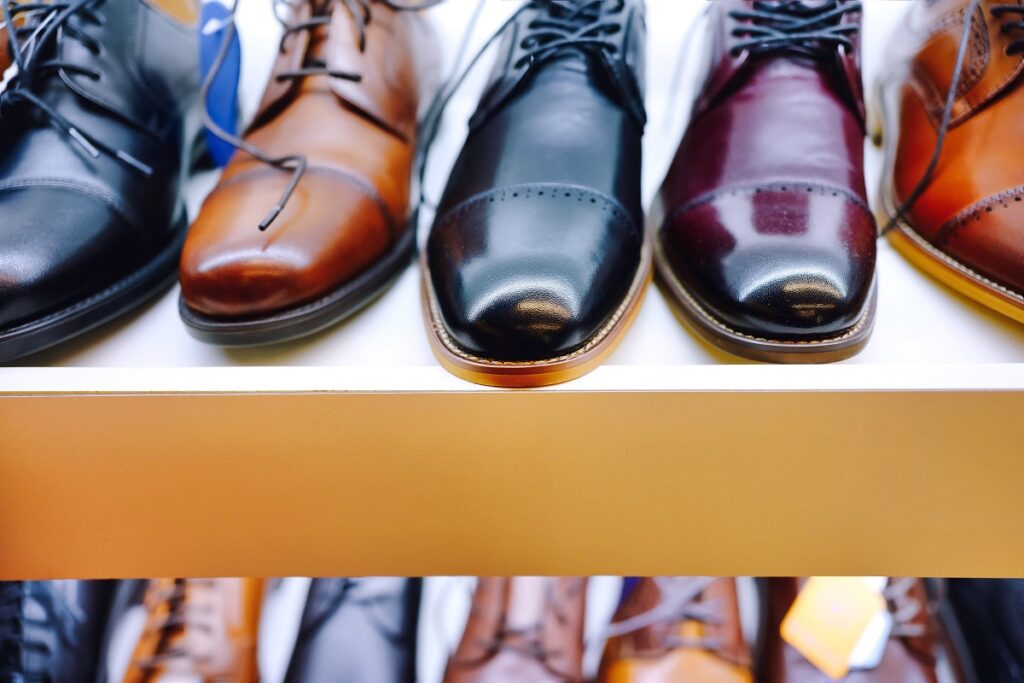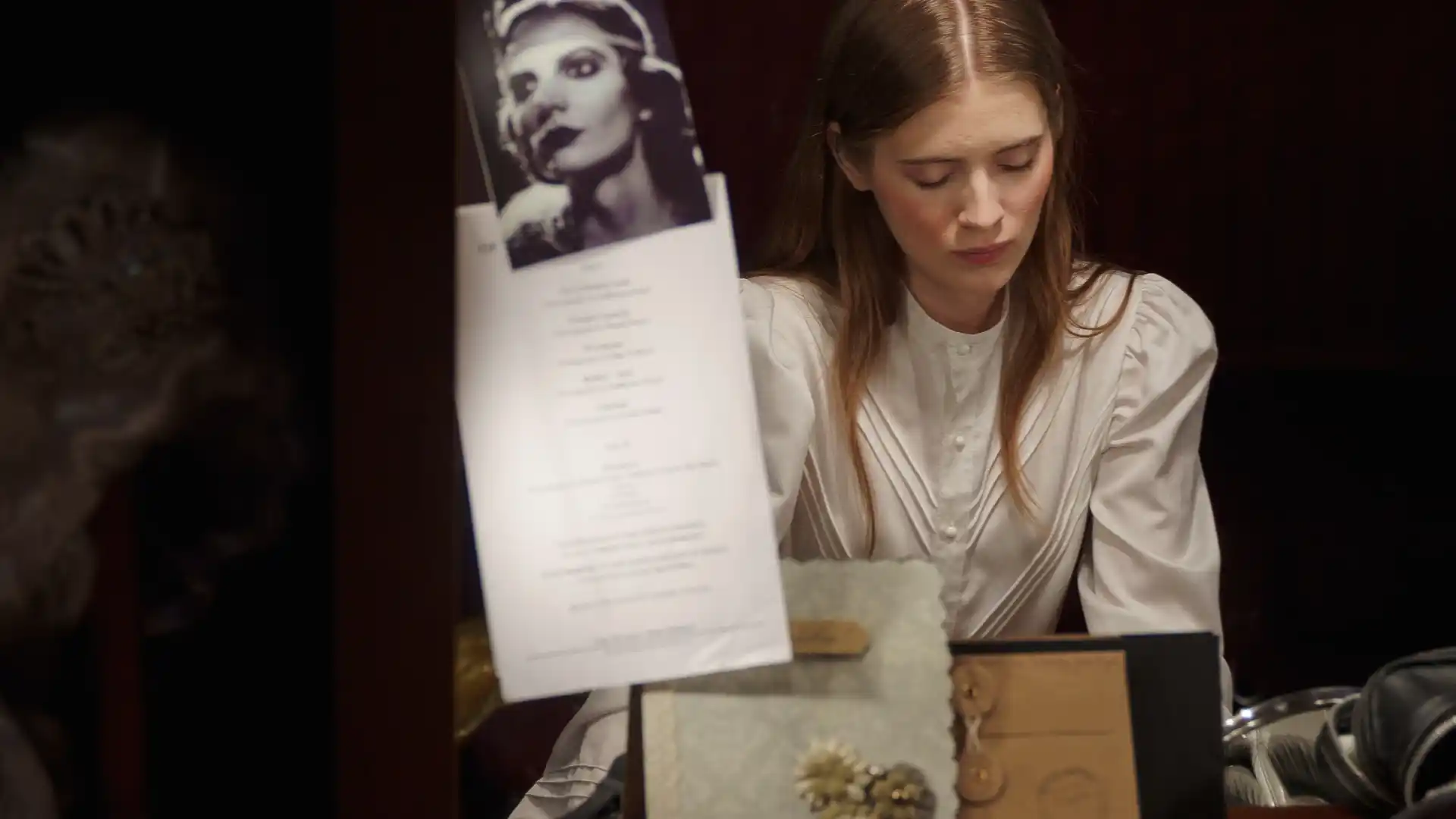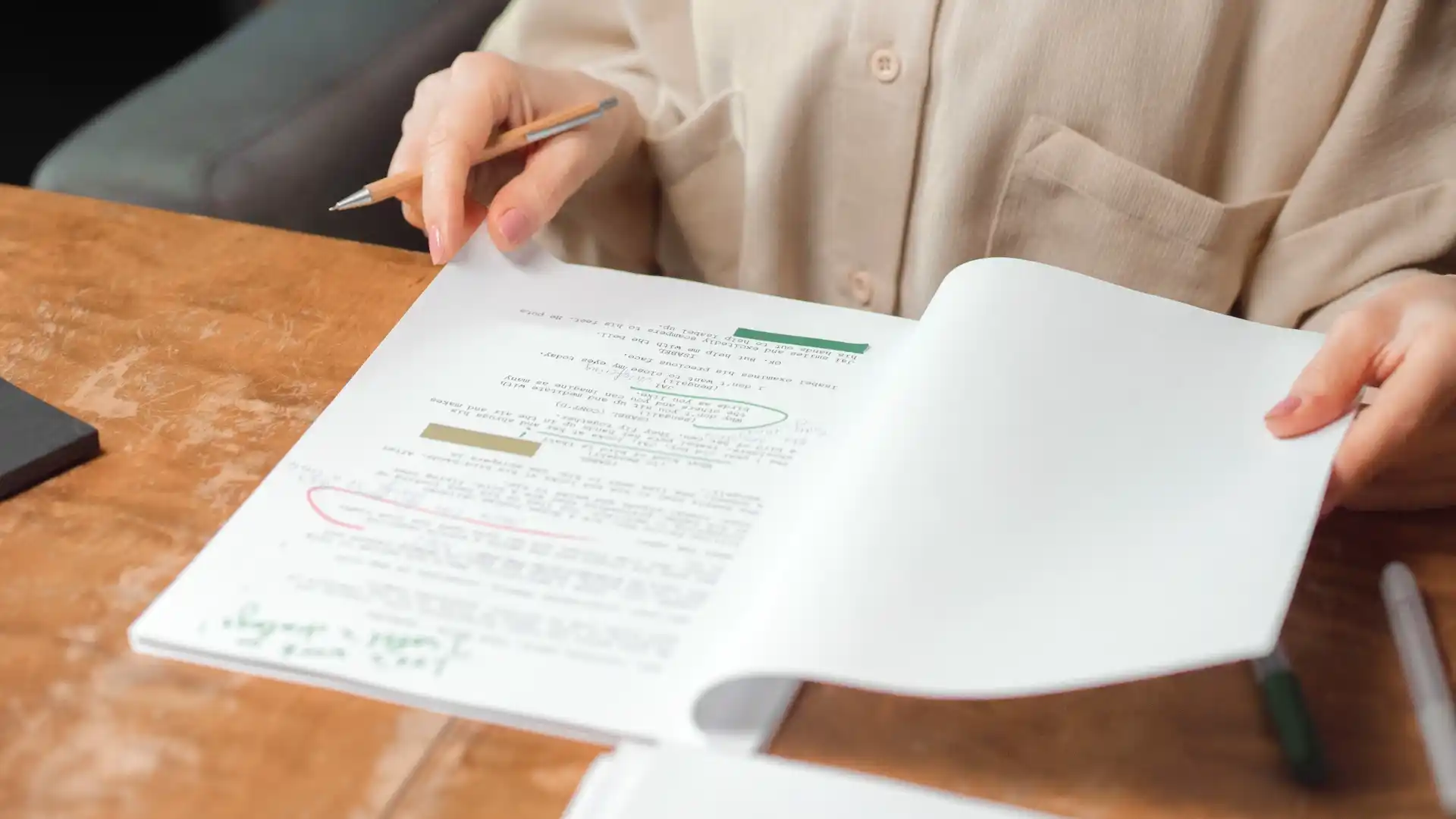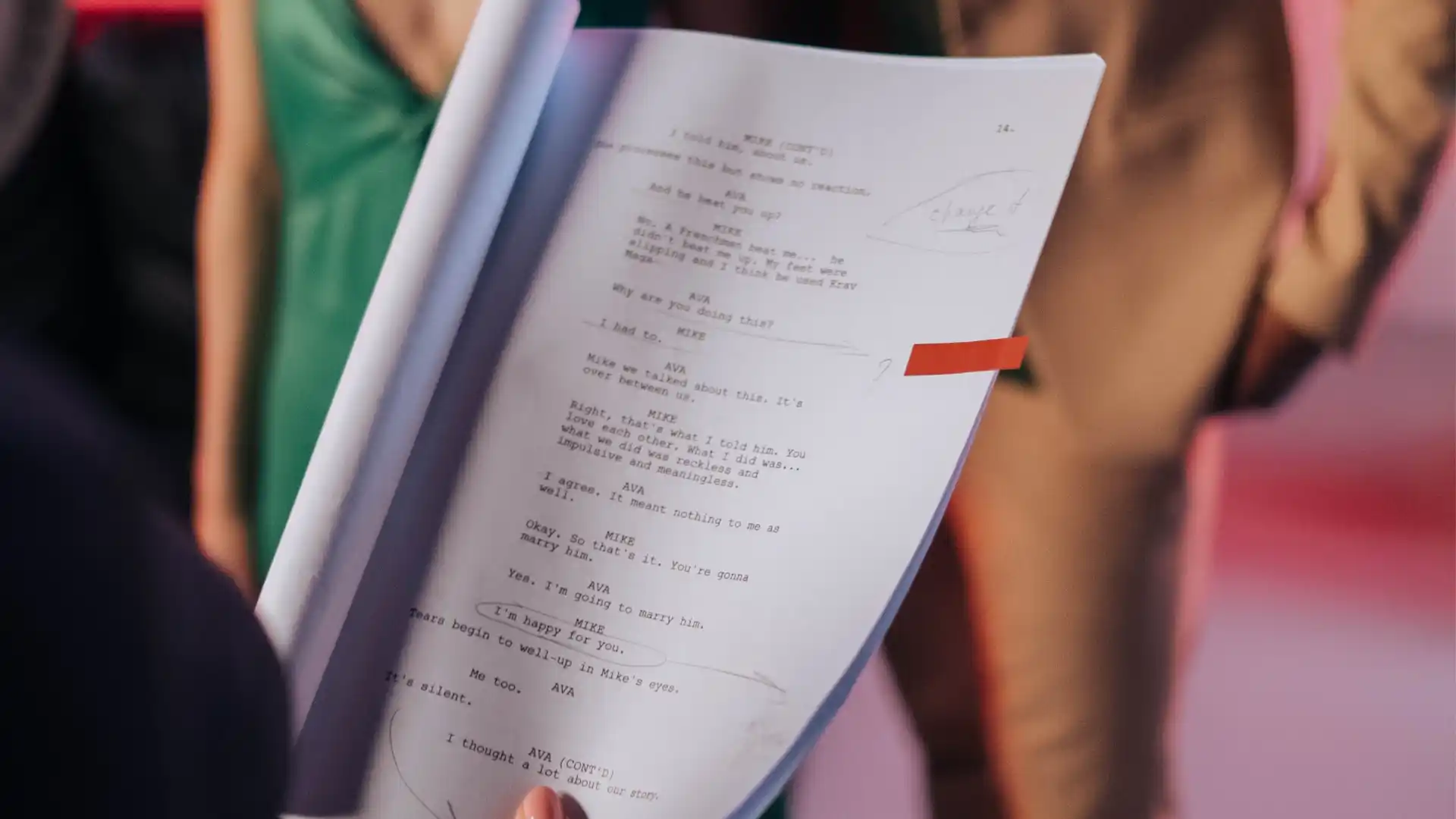Leather shoes have long been a staple in the world of footwear, known for their durability, versatility, and timeless appeal. From classic Oxford shoes to stylish loafers, leather shoes come in a variety of styles that cater to both formal and casual occasions. In this article, we will delve into the world of leather shoes, exploring the craftsmanship, care tips, and the top 10 jobs in the industry.
The Appeal of Leather Shoes
Leather shoes are favored for their premium quality and ability to mold to the shape of the wearer’s foot over time, offering unparalleled comfort and support. The natural material of leather allows for breathability, making it an ideal choice for footwear that is both stylish and functional. Whether you opt for a sleek pair of leather dress shoes or a more casual leather sneaker, the versatility of leather shoes makes them a wardrobe essential.
Types of Leather Used in Shoes
The type of leather used plays a significant role in the appearance, durability, and overall quality of leather shoes. Each variety brings its own texture, finish, and craftsmanship, offering something unique for every wearer. Here are the most common types used in the footwear industry:
- Full-Grain Leather: This is the highest quality leather available. It comes from the top layer of the hide and includes all the natural grain, which means it retains the strongest fibres. Full-grain leather is incredibly durable, breathable, and develops a rich patina over time, making each pair more beautiful with age. It is often used in premium dress shoes and boots.
- Top-Grain Leather: Slightly below full-grain in quality, top-grain leather is sanded and treated to remove imperfections. It has a more uniform appearance and is softer and more pliable, making it popular for both formal and casual leather shoes. While it doesn’t develop patina as naturally, it still offers good durability and comfort.
- Corrected-Grain Leather: This leather is buffed and embossed to hide flaws and create a uniform finish. It’s commonly used in mass-market footwear due to its smooth appearance and affordability. Though not as breathable or durable as higher-grade leathers, it still provides a polished look for budget-conscious buyers.
- Suede: Made from the underside of the hide, suede has a soft, napped texture and a more casual, relaxed aesthetic. It’s lightweight and flexible but requires more care due to its tendency to absorb moisture and stain easily. Suede is ideal for loafers, desert boots, and fashion-forward sneakers.
- Nubuck: Similar to suede but made from the outer layer of the hide, nubuck is sanded to achieve a velvety texture. It’s more durable than suede and offers a luxurious feel. However, like suede, it’s susceptible to scuffing and benefits from protective sprays.
- Patent Leather: This leather has a high-gloss finish created by applying a plastic or lacquer coating. Patent leather shoes are sleek and formal, ideal for black-tie events and dressy occasions. While stylish, they are less breathable and more rigid than other types.
- Pull-Up Leather: This oiled or waxed leather changes colour when stretched or bent, creating a rich, distressed look over time. It’s often used in boots and casual styles and ages beautifully with wear.
With a wide range of options, shoppers can choose shoes that meet their practical needs while also expressing personal style—whether they prefer polished sophistication or rugged character.
Care and Maintenance of Leather Shoes
To preserve the life, appearance, and performance of leather shoes, proper care is essential. Leather is a natural material that responds to its environment, and with routine attention, it can last for years and even improve with age. Here’s how to keep your leather footwear in top condition:
- Clean Regularly: Remove surface dirt with a soft brush or damp cloth. For deeper cleaning, use a leather cleaner or saddle soap designed for footwear. Always let your shoes air dry naturally—never apply direct heat.
- Condition the Leather: Conditioning restores moisture, prevents cracking, and keeps leather supple. Apply a small amount of leather conditioner or cream with a soft cloth every few weeks or when the shoes appear dry.
- Polish for Shine and Protection: Shoe polish enhances appearance and adds a protective barrier against moisture. Choose a polish that matches your shoe colour and apply it in circular motions. Buff to a shine with a clean cloth or brush.
- Use a Shoe Horn: A shoe horn helps slide your foot in without crushing the heel counter, preserving the shoe’s structure and comfort.
- Store Shoes Properly: Allow shoes to breathe before storing them. Use cedar shoe trees to maintain shape and absorb moisture. Keep them in a cool, dry space away from direct sunlight to prevent cracking or fading.
- Protect from Water and Stains: Apply a weatherproofing spray, especially for suede, nubuck, or pull-up leather. If shoes get wet, let them dry naturally with newspaper stuffed inside to absorb moisture and maintain shape.
- Rotate Your Footwear: Avoid wearing the same pair daily. Rotating your shoes gives them time to breathe and helps extend their lifespan.
By investing a little time in care and maintenance, your leather shoes can stay stylish, comfortable, and functional for many years.
The Top 10 Jobs in the Leather Shoes Industry
Behind every pair of expertly crafted leather shoes is a team of skilled professionals who bring quality, style, and tradition to life. The leather shoe industry combines craftsmanship with creativity, offering a range of rewarding career paths for those passionate about footwear. From hands-on roles in production to positions in retail and marketing, here are ten key jobs that keep this timeless industry thriving.
- Footwear Designer: Footwear designers are responsible for creating designs for leather shoes, from sketching initial concepts to overseeing the production process. They collaborate with manufacturers and artisans to bring their designs to life, ensuring that each pair of leather shoes meets quality and aesthetic standards.
- Shoe Patternmaker: Shoe patternmakers specialize in creating patterns for leather shoes based on the designer’s specifications. They use their expertise in geometry and design to develop accurate patterns that serve as the blueprint for cutting and assembling the shoe components.
- Leather Cutter: Leather cutters are skilled artisans who cut the leather material according to the shoe pattern. They must have a keen eye for detail and precision to ensure that the leather pieces are cut accurately and efficiently, minimizing waste and maximizing the use of the material.
- Shoemaker: Shoemakers, also known as cobblers, are craftsmen who assemble and construct leather shoes by hand. They stitch, glue, and shape the various components of the shoe, such as the upper, insole, and sole, using traditional techniques and tools to create a finished product.
- Quality Control Inspector: Quality control inspectors are responsible for ensuring that each pair of leather shoes meets the brand’s quality standards. They inspect the shoes for defects, irregularities, and inconsistencies in craftsmanship, making sure that only flawless products reach the market.
- Retail Buyer: Retail buyers select and purchase leather shoes for retail stores or online platforms. They analyze market trends, negotiate with suppliers, and curate a collection of leather shoes that align with the brand’s image and appeal to their target audience.
- Brand Manager: Brand managers oversee the marketing and branding strategies for leather shoe brands. They develop campaigns, manage brand image, and ensure that the brand’s message resonates with consumers, helping to establish a strong presence in the market.
- Fashion Stylist: Fashion stylists work with clients to create stylish and cohesive looks, including selecting the perfect pair of leather shoes to complement an outfit. They stay up-to-date on fashion trends and help clients express their personal style through their footwear choices.
- Retail Sales Associate: Retail sales associates play a crucial role in selling leather shoes to customers in stores or online. They provide personalized customer service, offer styling advice, and assist customers in finding the ideal pair of leather shoes to suit their needs and preferences.
- Fashion Blogger/Influencer: Fashion bloggers and influencers share their passion for leather shoes with a wide audience through blog posts, social media content, and collaborations with brands. They inspire followers with styling tips, reviews, and outfit ideas featuring leather shoes, influencing trends and consumer choices in the industry.
Conclusion
Leather shoes are more than just a fashion statement—they’re a blend of tradition, craftsmanship, and enduring quality. Their timeless design, durability, and versatility make them a staple in any wardrobe, while proper care ensures they remain in top condition for years to come. Whether you’re drawn to the elegance of full-grain leather or the casual charm of suede, there’s a style to suit every occasion.
Behind every pair is a dedicated team of professionals, each playing a vital role in bringing these iconic shoes to life. From design and production to marketing and retail, the leather shoe industry offers a world of opportunity for those passionate about quality footwear.
Key Takeaways:
- Leather shoes offer timeless style, combining durability, comfort, and elegance for both formal and casual wear.
- Full-grain leather is the highest quality, while top-grain, suede, and patent leather provide various textures and price points.
- Proper care extends the life of leather shoes—regular cleaning, conditioning, and correct storage are essential.
- Shoe trees and shoe horns help maintain shape and prevent damage to leather footwear.
- The leather shoe industry includes diverse roles, from design and craftsmanship to retail and marketing.
- Footwear designers and patternmakers bring creative concepts to life with technical precision.
- Shoemakers and leather cutters are skilled artisans who handcraft shoes with attention to detail.
- Quality control inspectors ensure high standards, checking for flaws before shoes reach consumers.
- Retail buyers and brand managers influence what styles hit the market and how they’re positioned.
- Stylists, sales associates, and influencers play a major role in shaping trends and helping consumers choose the right leather footwear.
For those looking to deepen their knowledge and expertise in the footwear business, consider enrolling in the FIT Footwear Business Foundations online course and certificate program. This comprehensive program equips aspiring professionals with the skills and insights needed to excel in the competitive world of leather shoes, paving the way for a rewarding career in the industry.








